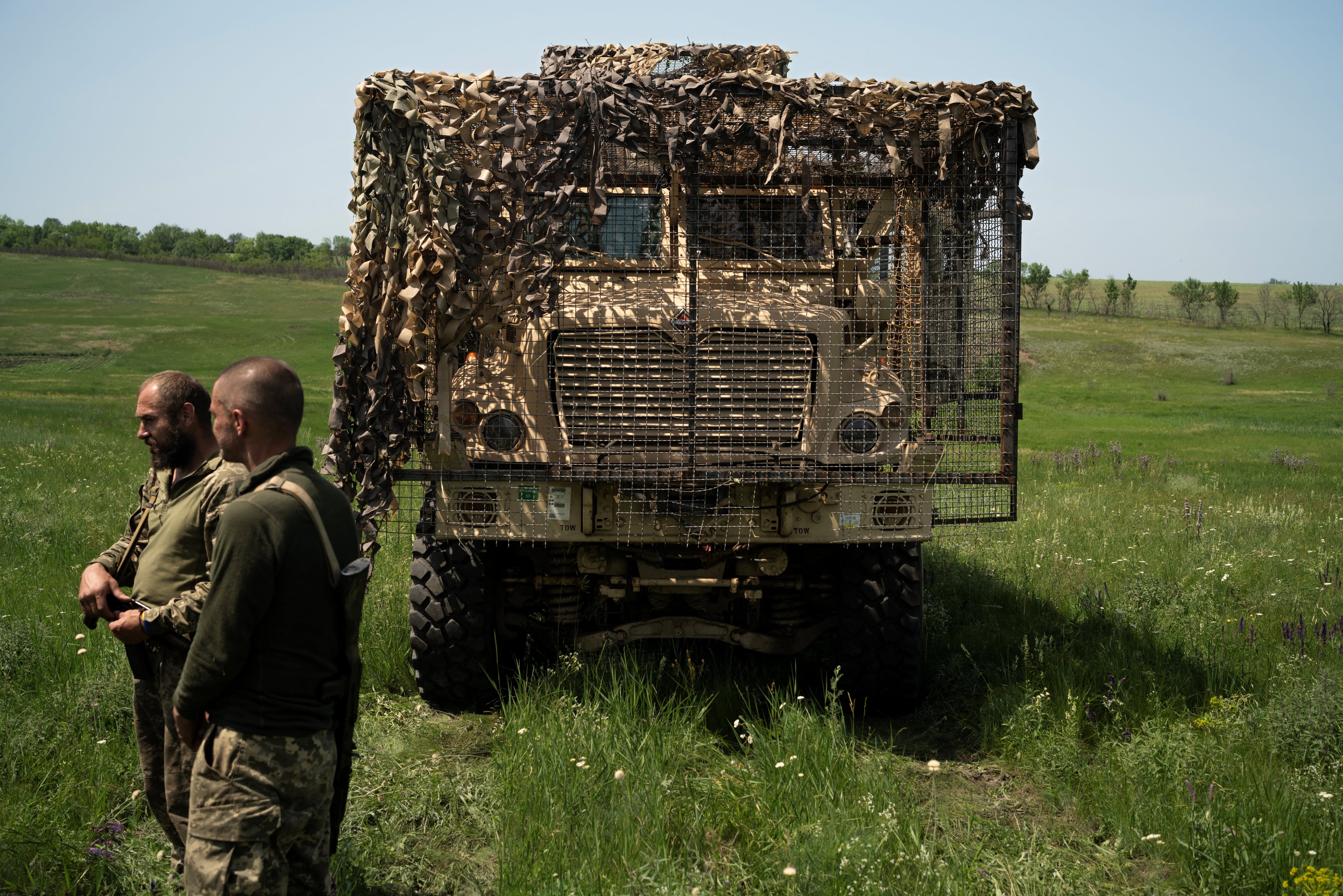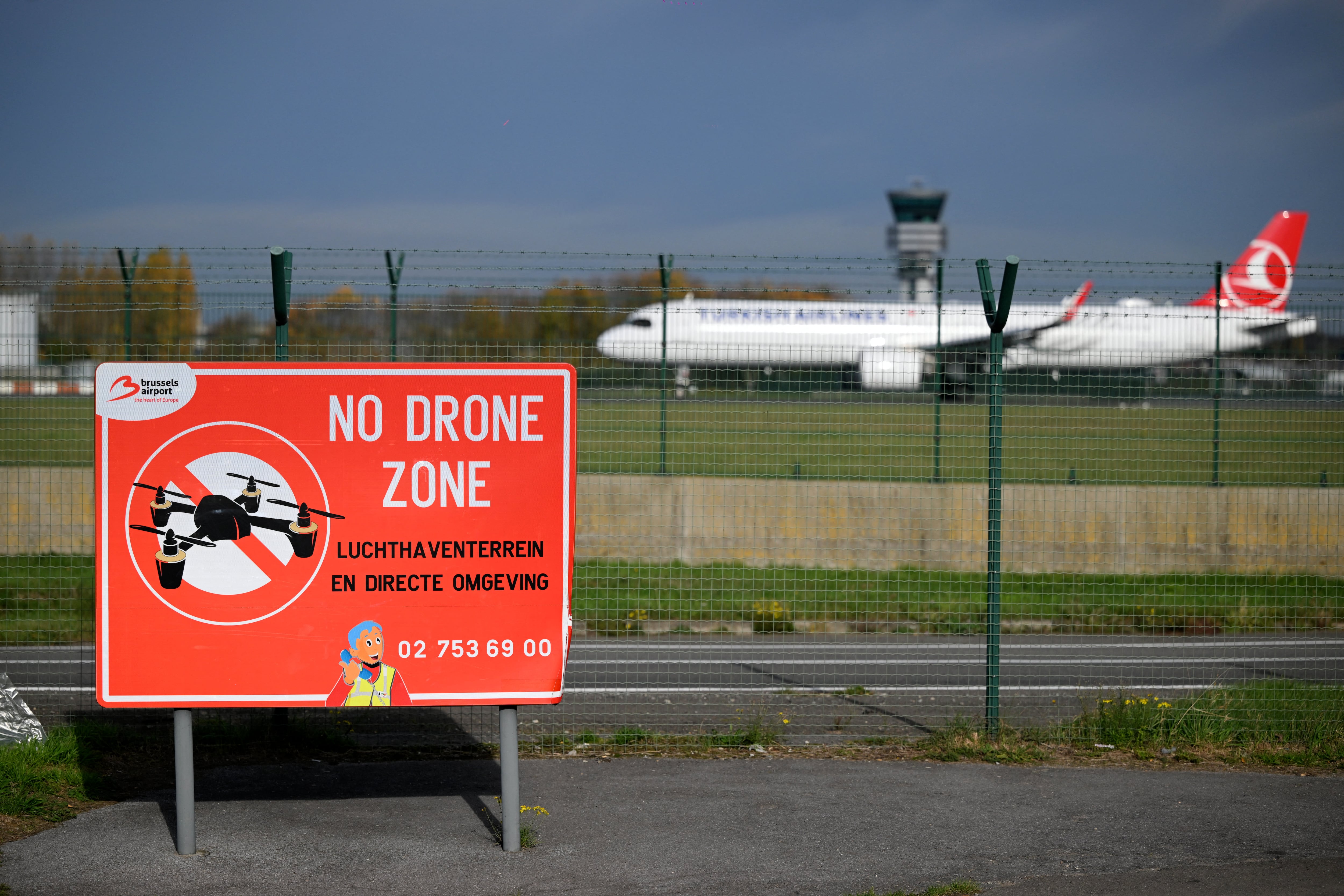Information warfare has undergone a diverse array of names and approaches from the services. The lack of synergy might be due, in part, to the fact that joint doctrine has struggled since the mid-1990s to define information operations or information warfare, said Vice Adm. Jan Tighe, deputy chief of naval operations for information warfare and director of naval intelligence.
Addressing an audience Feb. 22 at the AFCEA West conference in San Diego, California, Tighe explained that the reason for this struggle is that the integration of related capabilities is approached a bit differently by each service based on the mission they have inside their joint force.
"So it makes sense that each service would be looking at information operations from a joint sense slightly differently," she concluded.
As far as the Navy is concerned, Tighe said that since around 2009, they have aggregated capabilities under three principle pillars: battlespace awareness, assured command and control, and integrated fires.
Battlespace awareness involves the ability to sense from the sea floor all the way up to space, she said, being able to predict the maritime environment in a meaningful way in order to support the joint fight. Certainly this also includes the electromagnetic spectrum and cyberspace as domains that the force has to be able to sense and understand both what they are emitting and how they understand the enemy's disposition.
Second, Tighe explained the need to enable commanders to command and control their forces with assurity.
Third, integrated fires is all about delivering effects in the non-kinetic domains – electromagnetic spectrum and cyberspace – as well as creating the digital fabric, the intelligence and the targeting solutions to allow our kinetic weapons to achieve their full kinematic range through targeting and communications.
From a Marine Corps perspective, Brig. Gen. Dennis Crall, the service's CIO and director of C4, explained that information operations or information warfare, as far as he can see regardless of the service, fall into six general categories:
- Awareness: understanding the information environment
- Attack and exploit of networks, systems or information, all of which in and of itself is a mission
- Influence: understanding the cognitive domain is not enough but the force must do something about it calling the ability to influence adversaries at a time of choosing is critical
- Deception
- Ability to control information activities, capabilities and resources
Crall also offered that the Marine Corps is going through an operational planning endeavor right now to bring this capability to the Marine Corps at the Marine Air-Ground Task Force level. The commandant has received authorization to create a new three-star billet and a new deputy commandant for information, Crall said. That will encompass all the capabilities that were normally associated with information operations, such as military information support operations electronic warfare and operations security, Crall said, but also special technical operations, special access programs and cyber. Information operations will no longer be the integrator; the integrator will be something much bigger, he said.
While in the midst of organizing the force to meet this new goal, he said they are going to include around 3,000 new Marines to perform these tasks.
Mark Pomerleau is a reporter for C4ISRNET, covering information warfare and cyberspace.








